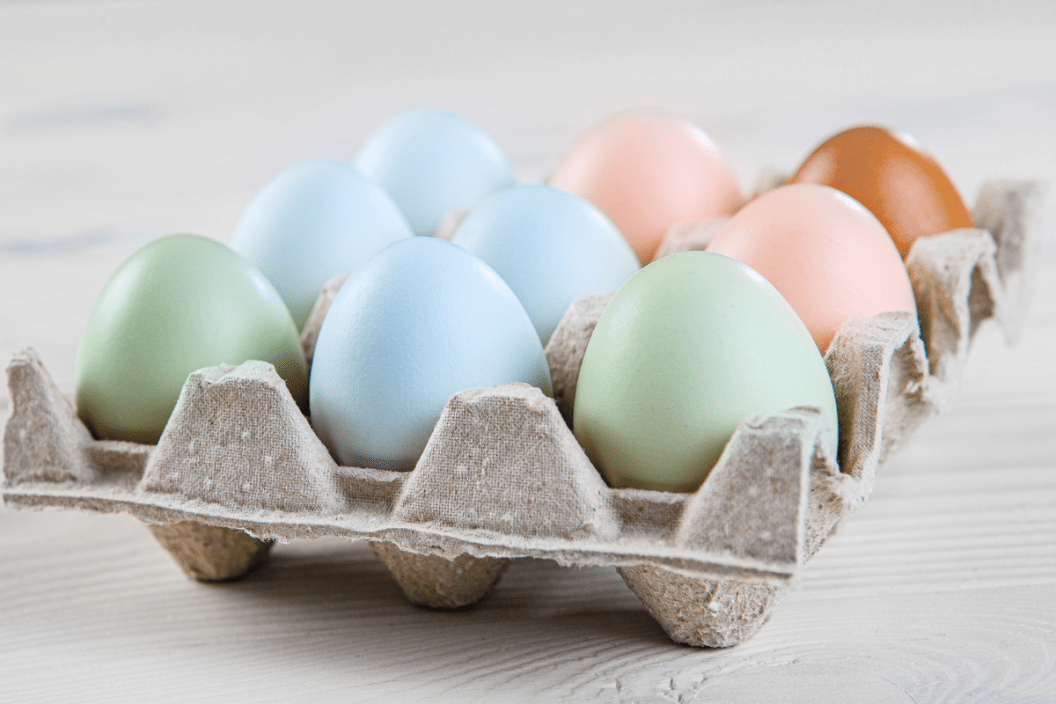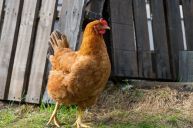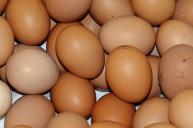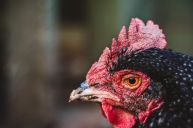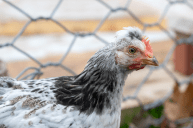If you go to the grocery store, you've usually got a few choices of egg colors: white, light brown, and maybe dark brown eggs. There's nothing wrong with these colors, of course, but sometimes it's nice to have something a bit different. Variety is the spice of life, after all. Fortunately, if you're raising your own chickens, the sky's the limit. But how are blue eggs made, and how do you choose the right chickens that lay blue eggs?
While most chickens lay eggs in more familiar colors, certain breeds get a little more creative with their egg laying. Choosing the right breed of chicken can net you eggs in pigments including green, blue, and even yellow. Even within one breed you'll find variations in eggshell color depth, with some eggs being a lighter hue and others being much darker. It can add fun to collecting the eggs, since you never know just what you'll find in your chicken coop.
Here are four amazing breeds of chicken that lay blue eggs and can help you break the mold.
1. Araucana Chickens
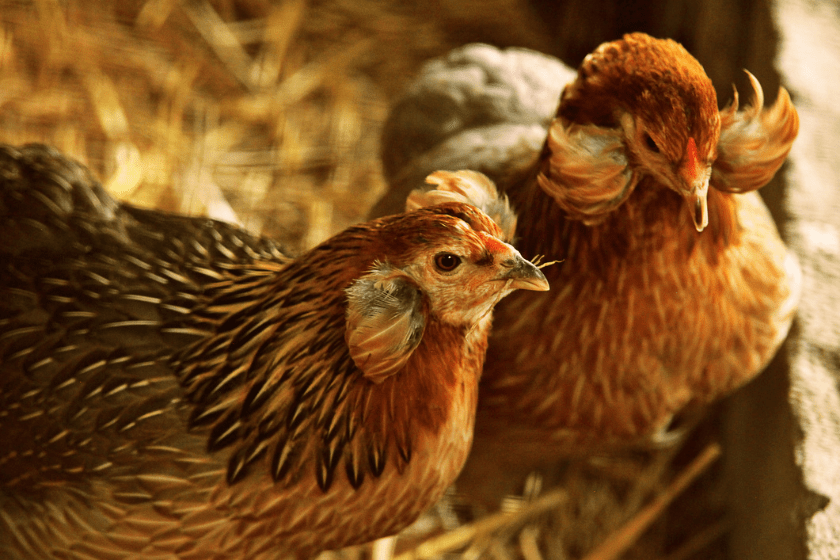
The true Araucana breed originated in Chile, a combination of the Collonocas and the Quetros chicken breeds. Araucanas are rumpless (without a tail head), often tufted, and the breed is exceptionally rare since the tufted gene causes many of the chicks to die in their shells.
True Araucanas are only available through breeders, and they will always lay blue eggs.
2. Ameraucana Chickens
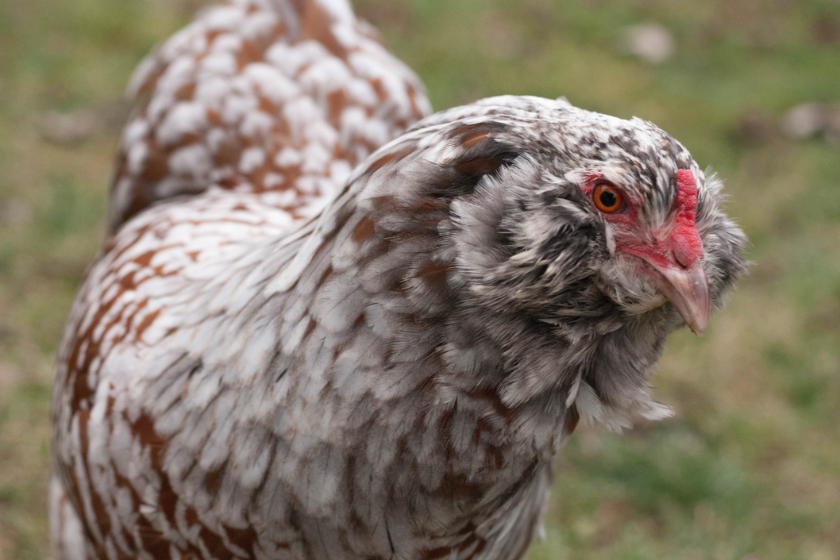
The Ameraucana breed is a bit more common than Araucanas, as they do not have the Araucana's inherent breeding problems. Ameraucanas are often confused with Easter Eggers, but they have their own unique set of qualities.
Rather than ear tufts, they have muffs and a beard. They are easy-going birds, known to be both hardy and sweet. Their eggs are always blue, and they even have blue or "slate" colored legs.
3. Cream Legbar Chickens
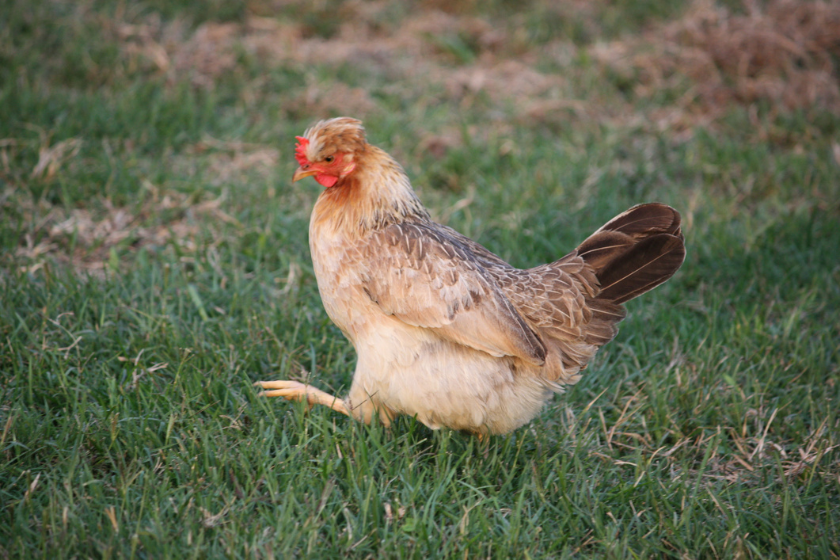
The Cream Legbar chicken originated in Great Britain, when chicken keepers crossed Barred Plymouth Rocks with golden Leghorns and Araucanas. These friendly birds are fabulous foragers that love to be outside and are great at avoiding predators.
They are also "autosexing," meaning males and females can be differentiated with 100 percent certainty upon hatching. Legbars lay eggs that are always a blue color, but may range from a true sky blue to light turquoise or even slightly green egg shell colors.
4. Easter Egger Chickens

The Easter Egger is not a real breed but a mixed-breed chicken that does not conform to any breed standard. However, they are a popular choice among chicken owners because they are friendly, smart, hardy, and lay well in the winter. You can prepare your chicken coop for the winter, but some breeds will just fare better than others when laying in the winter.
This breed of backyard chicken lays large to extra-large eggs in a variety of egg colors, including blue, green, rose, brown, sage, olive, and cream. Many hatcheries mistakenly label their Easter Eggers as Araucanas or true Ameraucanas, so beware if you are looking to show your chickens.
However, if you are simply looking for friendly and hardy chickens with different color eggs, Easter Eggers may be a great choice, as well as Olive Eggers, Marans, Pea Combs, or Welsummers. For more chickens that lay colored eggs, fill up your egg basket by visiting the American Poultry Association.
Consider the breed's personality and characteristics when making your choice to add blue egg-laying birds to your backyard flock, but if colorful eggs are what you're after, you can't go wrong with any of these blue egg layers.
Why Are Eggs Blue?
It's easy to find a chicken that lays blue eggs, but why are eggs blue in the first place? The egg laying process involves several steps, but all eggs start out the same way, no matter what color they become. Since egg shells are primarily made of calcium carbonate, they all start out white. What happens after that is what determines which color egg the chickens produce. Brown eggs are a result of a last minute pigment called porphyrin being added onto the outside of the eggs. This pigment doesn't soak through the shell, meaning that the inside of the egg shell stays white.
Blue eggs are the result of a pigment called oocyanin, but this pigment is applied to the shell much earlier in the laying process, resulting in an egg that's blue all the way through. If blue egg and brown egg laying chickens mix, you can even get green eggs. The next time you grab eggs, try some of these colorful varieties out.
What's your favorite egg color? Let us know on our Wide Open Pets Facebook!
This article was originally published February 27, 2021.
